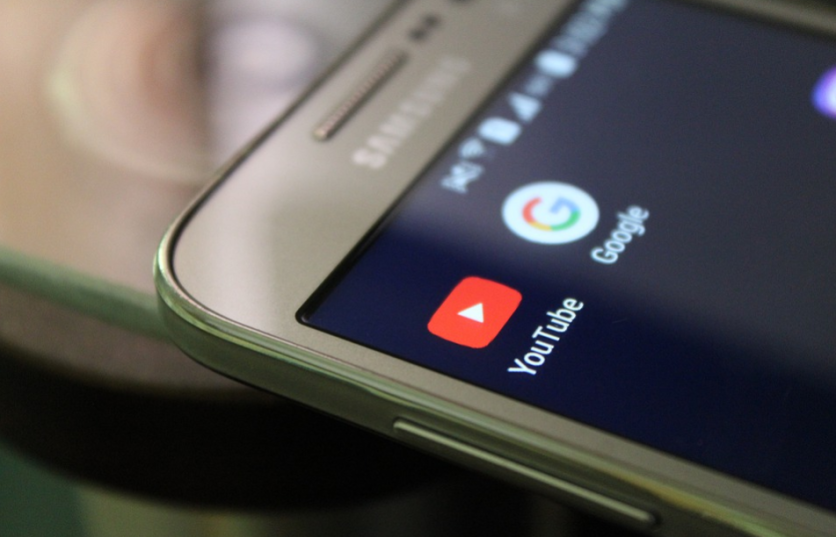
YouTube is reportedly bringing the picture-in-picture or PiP back to iPhone and iPad. The feature will be made available to everyone in the United States and not just users who are paying for the YouTube Premium subscription.
YouTube Picture-in-Picture Feature
According to MacRumors, YouTube stated that PiP is now rolling out to all YouTube Premium subscribers in the United States, while all of the non-US users will get the feature soon, according to 9to5 Google.
Picture-in-Picture or PiP allows users to watch YouTube videos in a small mini player while giving them the ability to browse outside of the YouTube app on their smartphone.
However, it is not yet clear why YouTube is only rolling out the feature to those in the United States. There are millions of users in different countries would love to be able to use this feature, according to iMore.
Read also: Spotify vs. Apple Music vs. YouTube Music: Which Is the Best Music Streaming Service For You?
YouTube's PiP support allows the users to watch videos even after closing the YouTube app. In recent years, the feature's functionality is not consistent, as there were instances wherein the feature only worked for certain days of the week.
YouTube's Updated Terms of Service
YouTube's rolling out of the PiP service again came after the company announced that it updated its terms of service, according to Engadget.
YouTube will be able to place ads on videos made by all creators even if they are not connected to the Partnership Program, which means even if there are ads, it does not mean they are monetized.
The updated terms of service began on June 1, and YouTube now has the right to monetize most content on its platform. It now bans the collection of personal data through facial recognition and changes the way that it pays creators.
YouTube users received an email about the changes in May, reminding them that all of the new provisions outlined in its terms of service will take effect on June 1.
The changes created new data privacy protections for users, it introduced a new right for the platform to monetize content made by independent creators and update the company's taxation framework for revenue that creators earn.
YouTube's terms of service prohibit anyone from collecting any information of a user without their information.
While YouTube claims that this has always been part of its policies, the changes include updated language that calls out the use of facial recognition software to gather personal data on users.
Brenda Leong, the senior counsel and director of artificial intelligence and ethics at the Future of Privacy Forum, said that this clarification is assumed to be part of their response to commercialized services using access to ad-based free sites images or information for their own platforms.
Leong said that the use of Clearview AI, which matches the images against an enrolled database, and PimEyes, which is similar to a search engine, have garnered significant concern over the past couple of years.
Leong added that the recent YouTube changes serves as an assurance to users that their personal data are secured and no software such as Clearview and PimEyes can be used to collect their information without their permission.
Related Article: YouTube Cracks Down on Illegal Content With Artificial Intelligence
This article is owned by Tech Times
Written by Sophie Webster

![Apple Watch Series 10 [GPS 42mm]](https://d.techtimes.com/en/full/453899/apple-watch-series-10-gps-42mm.jpg?w=184&h=103&f=9fb3c2ea2db928c663d1d2eadbcb3e52)


